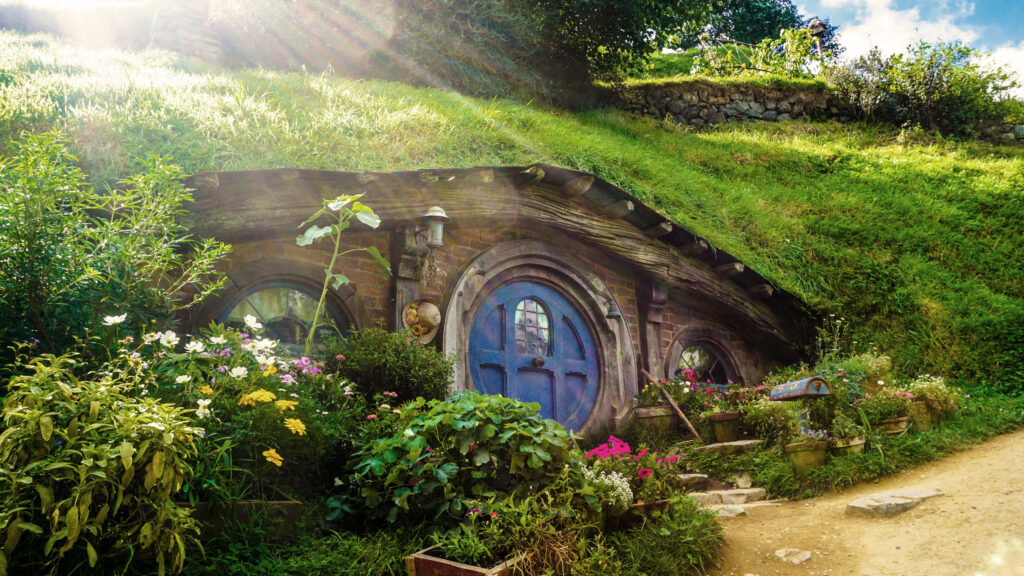 Hello Composers, Mike here! =)
Hello Composers, Mike here! =)
Do you want to learn how to compose adventure music? Great, because I have made a list of practical tips which I consider to be some of the most important aspects of adventure music.
Now, of course “adventure music” come in many different styles, moods and character. From uplifting and joyful in the style of Disney movies, to epic journey’s in the style of LOTR, to a classic action/adventure like Indiana Jones.
However, I still I have some great guidelines for you that I believe covers all these styles of adventure music. And I will even give you some practical examples. Alright, here we go! =)
Adventure Music – Example 1
I composed this a very uplifting and joyful track which starts the story in an idyllic and peaceful village in nature, and then goes on an exciting journey! =)
Inspired by The Lord of the Rings, and its calm and peaceful place “The Shire”. With solo flute as the main part, plus solo violin backed by a full string ensemble. Brass playing short notes rhythms for that uplifting vibe. All in 3/4 with a “jumpy” rhythmic vibe for extra excitement.
Adventure Music – Example 2
David Michael Tardy composed this adventure track in a completely opposite direction. It has a strong noble and heroic character, lush and emotional chords and melodies, and an overall very grand vibe.
It starts very slow and in a “searching” kind of mood from the very onset. But then unleashes the full power upon revealing the wide perspective (both in visuals and in sound), and wow does it deliver strong emotions!
How to write Adventure Music
I want to give you my personal practical tips for writing adventure music, regardless of style. These are, what I consider, fundamental guidelines.
- Uplifting Emotion
Adventure music is all about, well adventure! Meaning an uplifting and exciting journey, full of surprises and wonders. That is why I would say that almost all adventure music is in a major key, or at least focus a lot on major chords to give it that uplifting and exciting vibe. However, the uplifting vibe can also come from the playing styles you use, as well as the sound palette, as you will see from my other guidelines. - Runs & Arpeggios & Trills
Adventure music in all styles use a lot of short bursts of special playing techniques to add a sense of excitement, surprise and shimmer into the music. Scale runs are very common, as well as short arpeggio sequences. Woodwinds and harps are amazing for runs, but strings are great for this too. Of course these sparkles of runs and arps are basically always in a major key, because their purpose is to add excitement. Another common technique is “trills”, which is a rapid alternation between two notes. A classic trill is either a semitone or whole tone apart, which is a minor second vs major second interval. In the case of adventure music, obviously the trills are almost always a major second for the uplifting vibe. - Jumpy Playing Styles
The melodies, motifs and focus elements in adventure music often have a very “jumpy” playing style to add to the exciting vibe. Meaning shorter notes with silence in between. Going between very short notes, like staccato and staccatissimo, to slightly longer marcatos for accent. You can actually use a classic fanfare as a guideline to come up with ideas for adventure style themes. Because they have the short note repetitions, the uplifting vibe, the sense of adventure, the hook factor and so on. - Sound Palette = Bright & Vivid
The higher registers in music are naturally more filled with excitement and uplifting energy than the lower registers that has more power and authority. Naturally this means that adventure music often has a sound palette with more emphasis on the higher range. Like woodwinds, even including piccolo flutes, and a lot of focus on the higher range string parts. Basically, a bright and vivid overall tone in the music is perfect for that adventure vibe. - Dynamic Story Curve
Since adventures are full of surprises and wonders, excitement, and sudden twists in the storyline…adventure music always have a very dynamic story curve in the overall playing style. From the fanfare-like short note sequences that add excitement and an uplifting action feeling, all the way to to soaring and beautiful legato passages for the grand and larger than life adventure vibe. And it can shift pretty fast in the story! =)
Now Take Action! =)
Now it is time for you to take action! Meaning to compose and produce a new “Adventure Music” track, to add to your composer portfolio.
Use these reference tracks for motivation and inspiration if you like, and take my guidelines for writing emotional music with you. But remember, guidelines are not rules. You always have ultimate creative freedom as a composer when creating your music.
Have fun writing Adventure Music, my friends! =)
